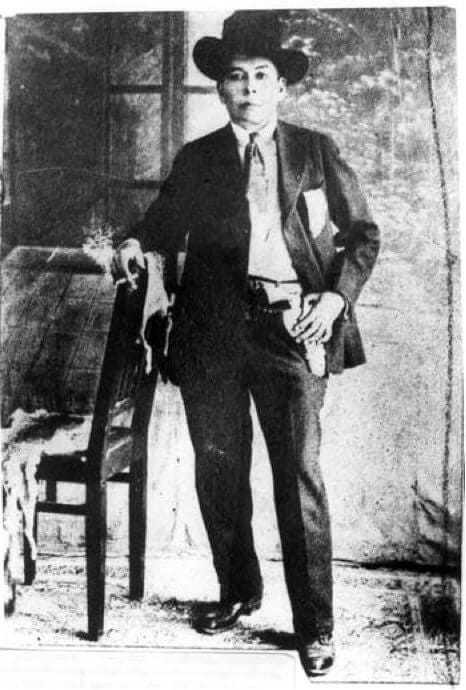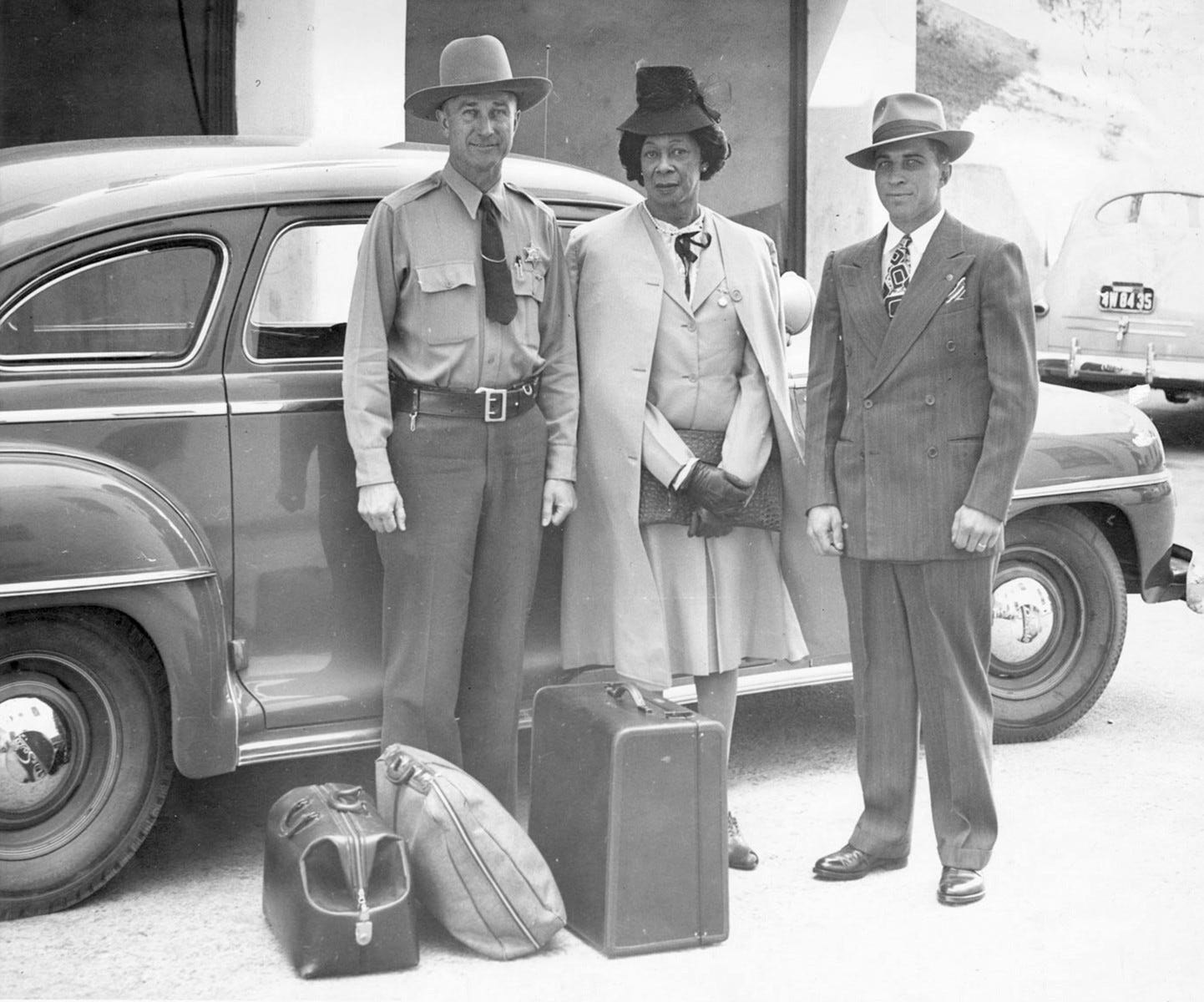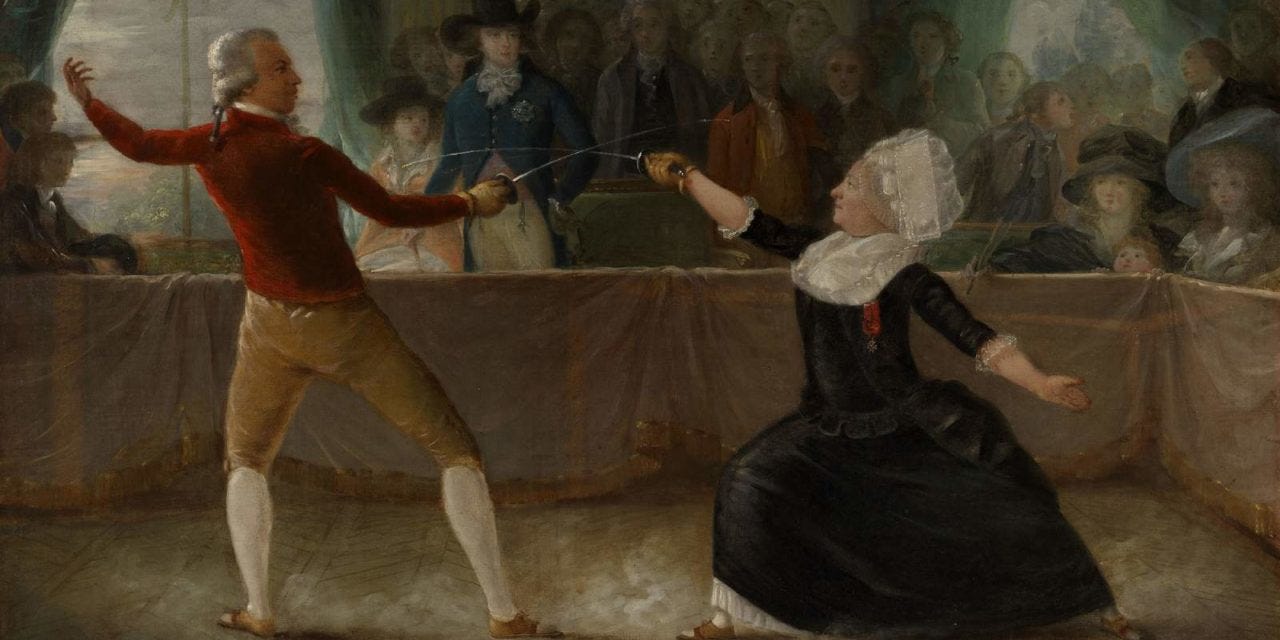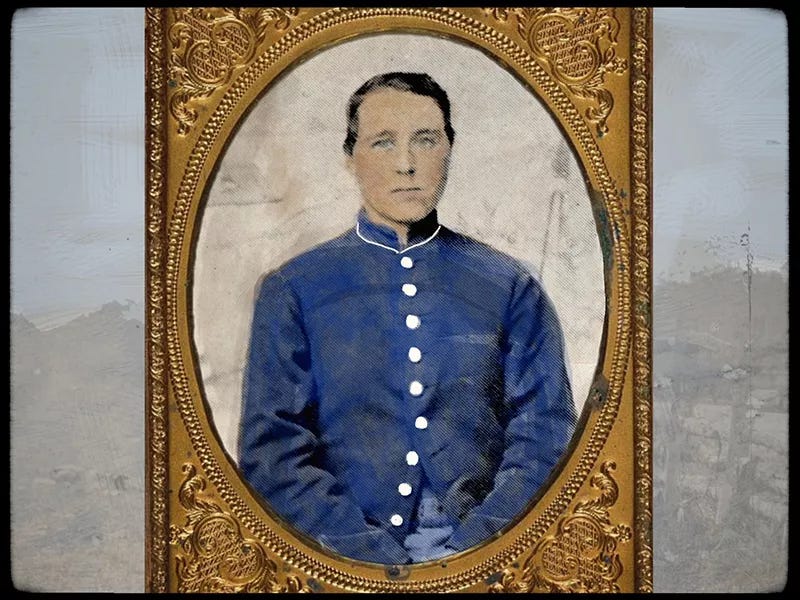The Most Legendary Trans Figures In History You Never Learned In School
We have always been here.

We have always been here. Transgender people have always been here. And yet, those who are morally opposed to our existence often frame us as a recent phenomenon—some fleeting byproduct of pop culture or so-called “social contagion.” The truth is far deeper, richer, and more enduring: transgender people have lived and thrived throughout history. The more you look, the more extraordinary lives you’ll find.
Any of the individuals you’re about to read about could be the subject of a feature film. And yet, chances are you’ve never heard their names in a classroom. In an era when LGBTQ+ history is being censored, rewritten, or erased entirely—when some claim we have no history at all—learning about these trailblazers is radical and yet so important. These are just a few of my favorite transgender figures from history. There are dozens more.
So, with no further ado, let’s begin.
Amelio Robles Ávila
Amelio Robles Ávila was a transgender man born in 1889 in Xochipala, Guerrero. He joined the Mexican Revolution in 1912 and transitioned while serving, ultimately rising through the ranks to become a Zapatista colonel. After the revolution, he continued to serve in the army in various capacities. He was officially recognized as a male veteran, awarded military honors, and granted correct identification documents and a pension. He lived to the age of 95, passing away in 1984.
Robles Ávila quickly gained a reputation for his grit and bravado, reminiscent of the classic Western archetype—cigar in one hand, pistol in the other. He was fiercely protective of his identity and unapologetically himself. At one point, he famously threatened to shoot anyone who referred to him as a woman. In another incident, when a group of men attempted to assault him in an effort to reveal his assigned sex at birth, he fought back and killed two in self-defense.
His status was never in doubt among those who served with him. Ávila was formally recognized as a male veteran of the revolution—a title granted only to men—and lived openly in romantic relationships with women at a time and place where such relationships were often criminalized or met with violence. His life and honors spoke volumes about how his gender was respected by those around him, even if society at large wasn’t ready to do the same.
And yet, in a final act of posthumous disrespect, his grave bears his feminine birth name, a slight that would not be possible would he still be breathing.
Read more:
Lucy Hicks Anderson
Lucy Hicks Anderson was a Black transgender woman who knew from an early age that she was a girl—decades before the word "transgender" would be commonly understood. Born in the late 1800s, she told her parents exactly who she was. Uncertain of what to do, they brought her to a doctor, who concluded that there was nothing wrong with her and advised they let her live as herself. And so they did. From that point forward, Lucy Hicks Anderson lived unapologetically and fully as a woman.
She eventually settled in Oxnard, California, where she opened a boarding house that doubled as a brothel and bootlegging operation. Her reputation in town soared. She was known as the city’s best cook and a socialite who threw the most unforgettable parties. At one point, after she was arrested, a wealthy banker posted her bail, because he had an event the next day and she was to be the chef.
In 1944, Lucy married her husband. Sadly, a year later, her assigned sex at birth was discovered, and both she and her husband were sentenced to a men’s prison, where they served 10 years. When they were released, they moved together to Los Angeles, where they lived out the rest of their lives together.
Read more:
Chevalière d'Éon
Chevalière d’Éon was a transgender woman in the 1700s whose story was larger than life—an intoxicating mix of espionage, extortion, and identity that culminated in one of the few successful transitions of her era. That she pulled it off in a time when such a thing was considered unthinkable makes her tale all the more remarkable. She was a French spy, a double agent, and a master manipulator who seeded rumors about her identity and then used them as leverage to obtain gender-affirming documents—by blackmailing a monarchy.
Born into French nobility, d’Éon served King Louis XV as a covert operative, gathering intelligence in various royal courts across Europe. After a stint in Russia, her most consequential mission took her to England, where she was dispatched under diplomatic cover to report on coastal defenses. But England proved too charming to leave. D’Éon flourished in London, hosting extravagant parties and, in a masterstroke of strategic gender disinformation, began whispering that she was in fact a woman disguised as a man. The rumor caught fire. At one point, the London Stock Exchange opened wagers on her assigned sex at birth.
When the French crown ordered her back to Paris, d’Éon refused—and published a memoir threatening to reveal classified secrets. With that leverage, she secured a remarkable deal under the reign of a new king: she would surrender her archives and in return, receive a lifetime annuity and be legally recognized as a woman and receive.
The gamble worked. D’Éon lived out the rest of her life as a woman. That life, however, came with hardship. Stripped of the freedoms afforded to men in that period, she often struggled with poverty. She found an unlikely solution—dueling. A master fencer, she competed against men and drew crowds, including for bouts immortalized in the painting seen above.
When she died, doctors declared she had been assigned male at birth. But that detail, in the end, was irrelevant. D’Éon had already lived her life on her terms—and won.
Read more:
Albert Cashier
Albert Cashier was assigned female at birth in the 1840s and adopted a male identity upon enlisting in the Union Army during the Civil War. While many individuals assigned female at birth took on male identities to fight, Albert’s case stands apart: he never returned to living as a woman. He lived the rest of his life as a man, earning him recognition today as a likely transgender pioneer.
Cashier’s combat record was exceptional. He fought in dozens of battles, and at one point, was captured—only to escape by seizing his guard’s weapon and sprinting back to his regiment. He was known for his fearlessness, famously climbing trees to taunt Confederate soldiers: “Come out of there, you damned rebels, and show your face!”
After the war, Cashier quietly continued his life as a man. He voted, worked as a farmhand and cemetery caretaker, and maintained his identity without question. That changed in 1911, when he was struck by a car and hospitalized—where his assigned sex at birth was discovered. He was forced into a dress, and the dehumanizing treatment marked the beginning of his physical and emotional decline. Eventually institutionalized, Cashier’s pension came under review, but his fellow soldiers rose to his defense, testifying to his valor and demanding his service be honored.
Though he died not long after, his comrades didn’t stop fighting for him. They ensured he was buried under the name Albert Cashier, in full military uniform, with honors befitting the man they knew him to be.
Read more:







